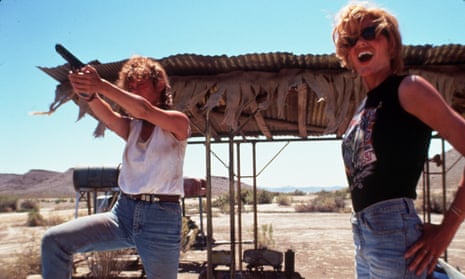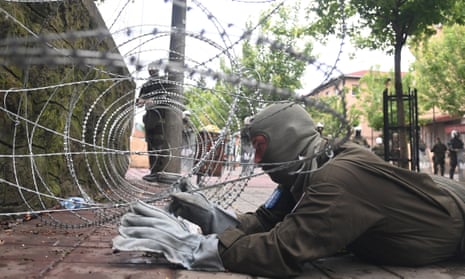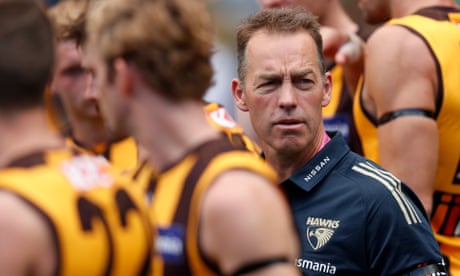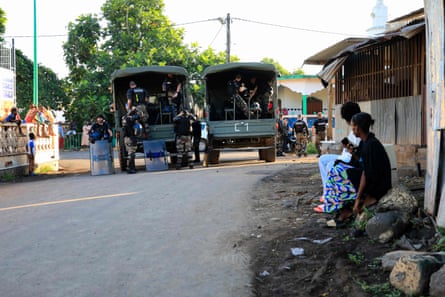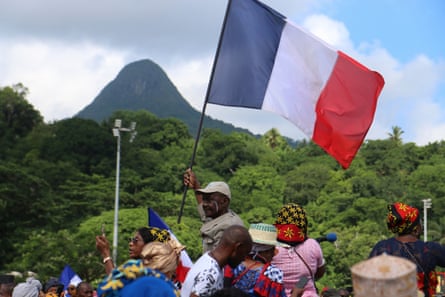ANOTHER STUPID SELFIE STORY
Indian official fined after draining reservoir in search of mobile phoneRajesh Vishwas dropped phone into Paraklot reservoir in Chhattisgarh state while taking a selfie
Hannah Ellis-Petersen in Delhi
An Indian official who drained a reservoir to retrieve a mobile he dropped while taking a selfie has been fined 53,092 rupees (£520) by the government.
Rajesh Vishwas, a food inspector, had dropped his new phone worth about £1,000 into the Paralkot reservoir in Chhattisgarh state while taking a selfie during a picnic and swim with friends.
Local people spent two days attempting to dive down and retrieve the phone from the water, but their efforts proved futile. So Vishwas hired a diesel pump and emptied the reservoir of millions of litres of water.
Vishwas claimed his phone contained sensitive government information, which was why it needed to be retrieved, and alleged he had been given “verbal permission” to pump out the water into a nearby canal by the water resources department.
The water resources department later stated it had given permission for a few feet to be drained but “not that much”.

Indian official suspended after draining reservoir to retrieve phone
Though Vishwas eventually did manage to find the phone, his efforts made local headlines and then gradually went viral. He was accused of misusing his position and triggered outrage at the scale of wasted water, which is a scarce and valuable resource in India during the hot summer months and was used locally from the reservoir by farmers to irrigate their fields.
His actions landed him in hot water with government officials. Vishwas claimed they had been “overblown”, but he was suspended from his job and put under investigation by the state authorities.
This week he was given a total fine of 53,092 rupees by the state’s irrigation department, which accused him of wasting 4.1m litres of water. His actions were described as illegal and he was told to pay a fine of 10,000 rupees as well as an additional 43,092 rupees to cover the cost of the wasted water.
Meanwhile, after three days at the bottom of the reservoir, Vishwas’s phone proved broken beyond repair.
Hannah Ellis-Petersen in Delhi
THE GUARDIAN
Wed 31 May 2023
An Indian official who drained a reservoir to retrieve a mobile he dropped while taking a selfie has been fined 53,092 rupees (£520) by the government.
Rajesh Vishwas, a food inspector, had dropped his new phone worth about £1,000 into the Paralkot reservoir in Chhattisgarh state while taking a selfie during a picnic and swim with friends.
Local people spent two days attempting to dive down and retrieve the phone from the water, but their efforts proved futile. So Vishwas hired a diesel pump and emptied the reservoir of millions of litres of water.
Vishwas claimed his phone contained sensitive government information, which was why it needed to be retrieved, and alleged he had been given “verbal permission” to pump out the water into a nearby canal by the water resources department.
The water resources department later stated it had given permission for a few feet to be drained but “not that much”.

Indian official suspended after draining reservoir to retrieve phone
Though Vishwas eventually did manage to find the phone, his efforts made local headlines and then gradually went viral. He was accused of misusing his position and triggered outrage at the scale of wasted water, which is a scarce and valuable resource in India during the hot summer months and was used locally from the reservoir by farmers to irrigate their fields.
His actions landed him in hot water with government officials. Vishwas claimed they had been “overblown”, but he was suspended from his job and put under investigation by the state authorities.
This week he was given a total fine of 53,092 rupees by the state’s irrigation department, which accused him of wasting 4.1m litres of water. His actions were described as illegal and he was told to pay a fine of 10,000 rupees as well as an additional 43,092 rupees to cover the cost of the wasted water.
Meanwhile, after three days at the bottom of the reservoir, Vishwas’s phone proved broken beyond repair.



